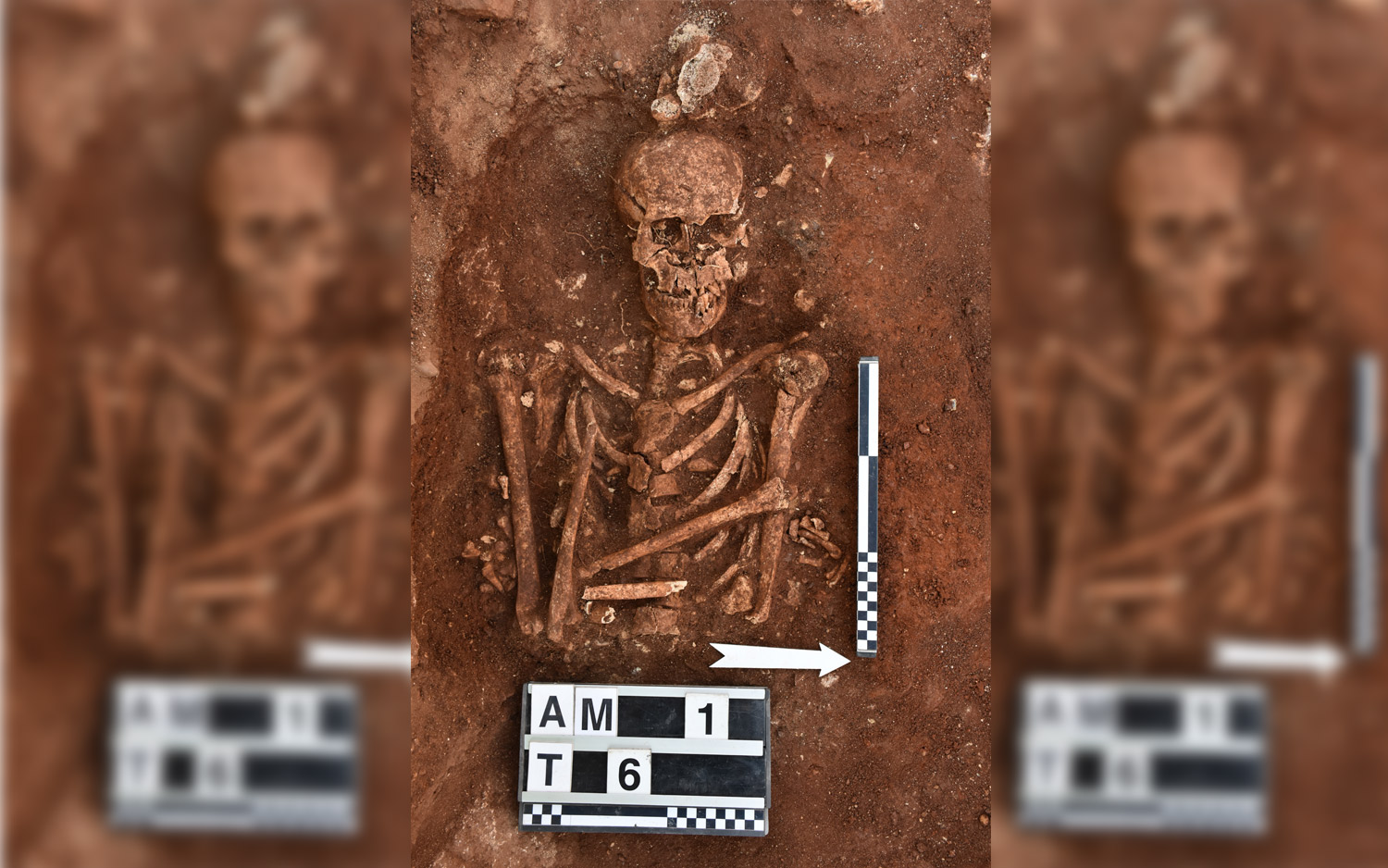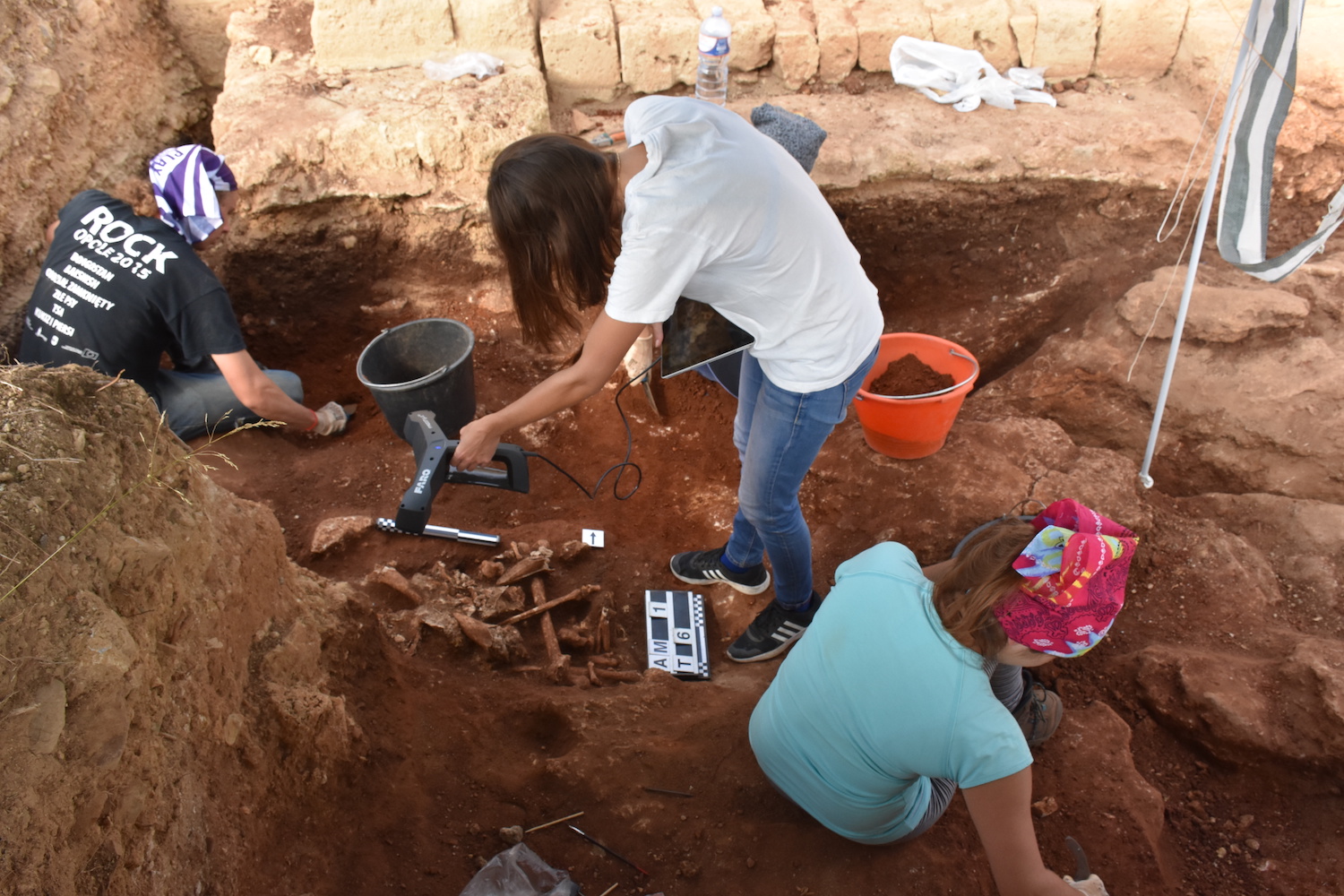How on Earth Did These Burials of Viking Descendants Wind Up in Sicily?

The discovery of 10 burials near a medieval church in Sicily has led to a rare finding: the skeletal remains of the descendants of Vikings.
Archaeologists found the 800-year-old burials near the church of San Michele del Golfo near Palermo. The buried individuals were likely Normans, a group that arose when the Vikings, also known as Norsemen, settled in northern France and founded their own duchy (a dukedom), according to the Encyclopedia Britannica.
"Some of the dead buried in the cemetery were undoubtedly members of the elites or the clergy, as the form of some of the graves indicates," Sławomir Moździoch, the head of the excavation and an archaeologist at the Institute of Archaeology and Ethnology of the Polish Academy of Sciences in Warsaw, said in a statement.
After examining the 10 burials, Moździoch and his colleagues determined that three of the graves belonged to women and two to children. No grave goods were found within the burials, but a visual examination by an anthropologist helped the team determine that the dead were likely from Western Europe, meaning that they were probably Normans from northern France. [Photos: Vikings Accessorized with Tiny Metal Dragons]
"According to the local anthropologist, the tallness and massive build of skeletons of people buried here indicate this origin," Moździoch said.
It's not surprising to find Normans in Sicily. The Normans sent out expeditions to southern Italy and Sicily, as well as to England, Wales, Scotland and Ireland, according to Encyclopedia Britannica.
"In the second half of the 11th century, the island was recaptured from the Arabs by a Norman nobleman, Roger de Hauteville," Moździoch said.
Sign up for the Live Science daily newsletter now
Get the world’s most fascinating discoveries delivered straight to your inbox.

The cemetery containing the bodies was associated with a church hospital mentioned in a 12th-century document. The construction of the church started before Palermo, a nearby city, was recaptured from the Muslims. That's why the church was fortified and built on a hill, which is a strategic place for battle, Moździoch said.
"The Western European form of the church — its architecture, but also discovered coins minted in Champagne and Lucca — indicate that its builders and users could have come from Normandy and the north of the Apennine peninsula," Moździoch said.
Original article on Live Science.

Laura is the archaeology and Life's Little Mysteries editor at Live Science. She also reports on general science, including paleontology. Her work has appeared in The New York Times, Scholastic, Popular Science and Spectrum, a site on autism research. She has won multiple awards from the Society of Professional Journalists and the Washington Newspaper Publishers Association for her reporting at a weekly newspaper near Seattle. Laura holds a bachelor's degree in English literature and psychology from Washington University in St. Louis and a master's degree in science writing from NYU.









